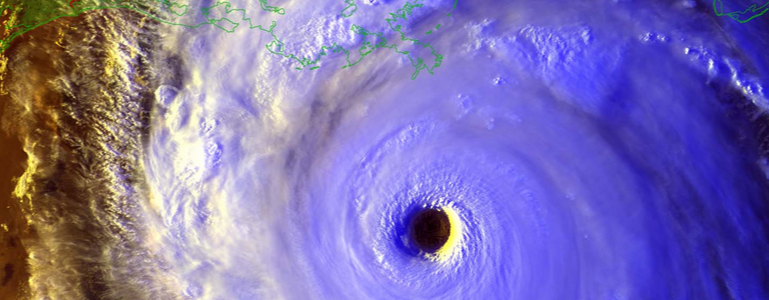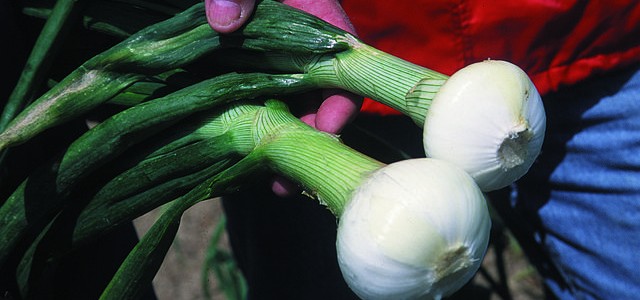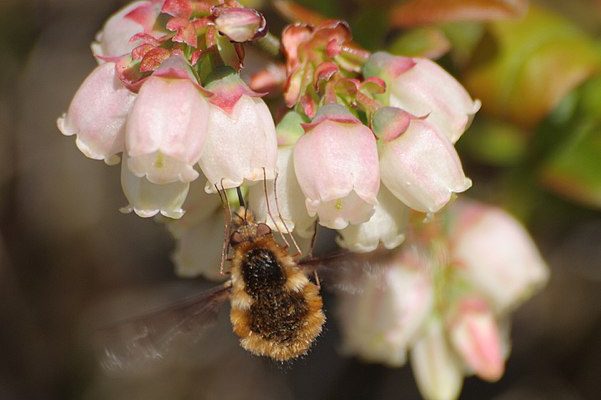-

A recent article in Geophysical Research Letters indicates that the most powerful hurricanes are strengthening more quickly than they used to, according to a newsletter from the Pacific Northwest National Laboratory. While hurricanes as a whole are not rapidly intensifying more often than in the past, the most powerful storms are getting stronger more quickly…
-

If you love to eat exotic food like I do, you might already know about the ultra-high quality hams that come from Spain. In contrast to Yorkshires which provide the bulk of American bacon, the pigs that Spanish hams come from are darker and leaner. The farmers in Spain finish them up on months of…
-

The latest Drought Monitor, released this morning, shows that there have been slight increases in moderate drought in Alabama, Florida, Georgia and South Carolina this week. This is the result of mainly dry conditions coupled with warm temperatures over the past week. With little rain expected in the next five days, drought conditions may expand…
Posted in: Drought -

The Packer reports that weather conditions this year are almost perfect for the harvest of Vidalia onions. The onions were delayed this year by about ten days compared to last year but are now doing well and there are plenty available. The yield is down by about 20% from last year due to colder conditions…
-

According to an article by The Packer this week, bush berries, including raspberries, blackberries and blueberries, have been delayed due to cold conditions in the eastern US but are slowly reaching maturity. Florida blueberries are now being harvested and should be done about mid-May but Georgia blueberries are expected to take over as the major…
-

Vegetable and Specialty Crop News posted a concerning story about Georgia blueberries this week. According to the story, while blueberries appear to have missed the worst losses due to spring frosts this year, they are facing loss of yield due to lack of pollenation. Cold and windy weather in March and April following the record-setting…
-

NOAA’s latest climate summary for the US in April 2018 shows that this year was the coldest April since 1997, more than 20 years ago. The persistent pattern of a ridge of high pressure in the West and a trough of low pressure in the East along with the accompanying temperatures was well captured by…
Posted in: Climate summaries